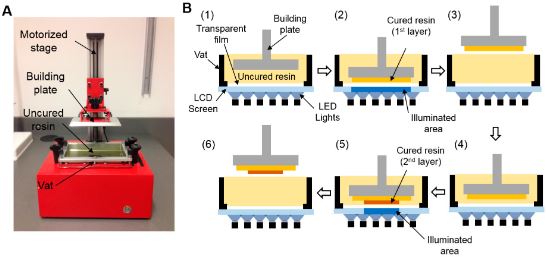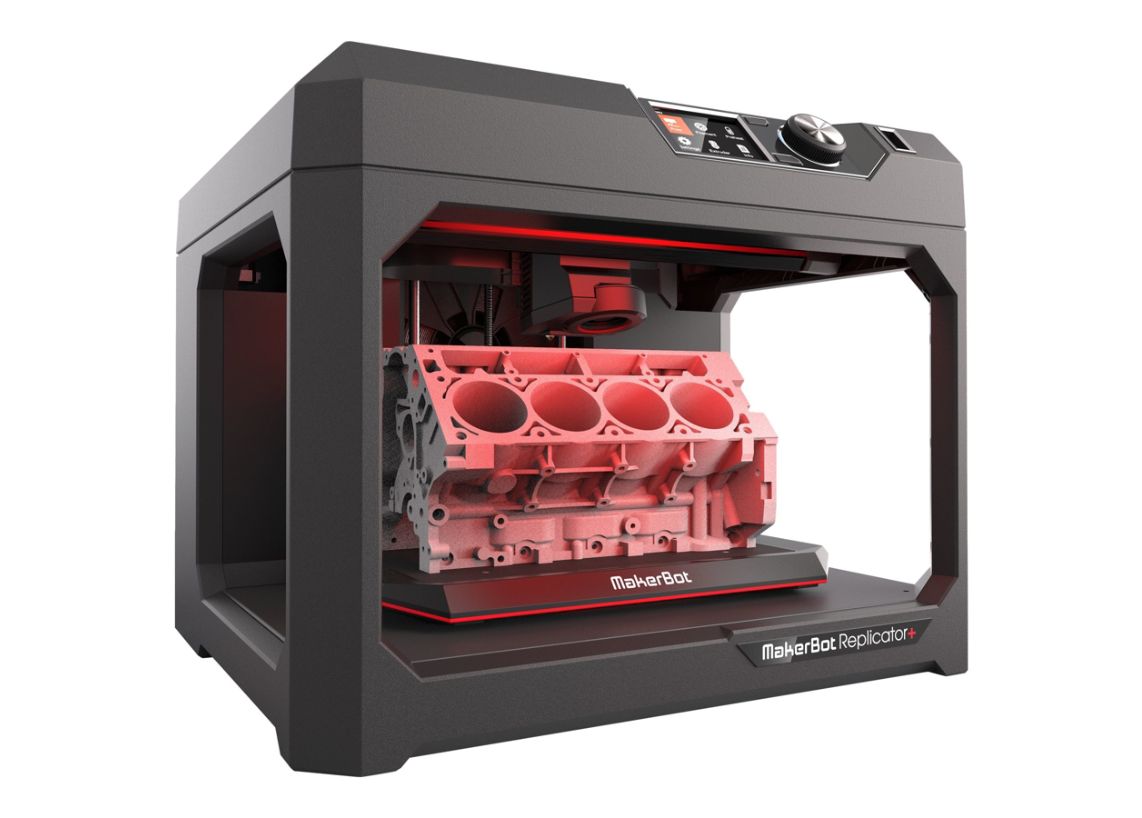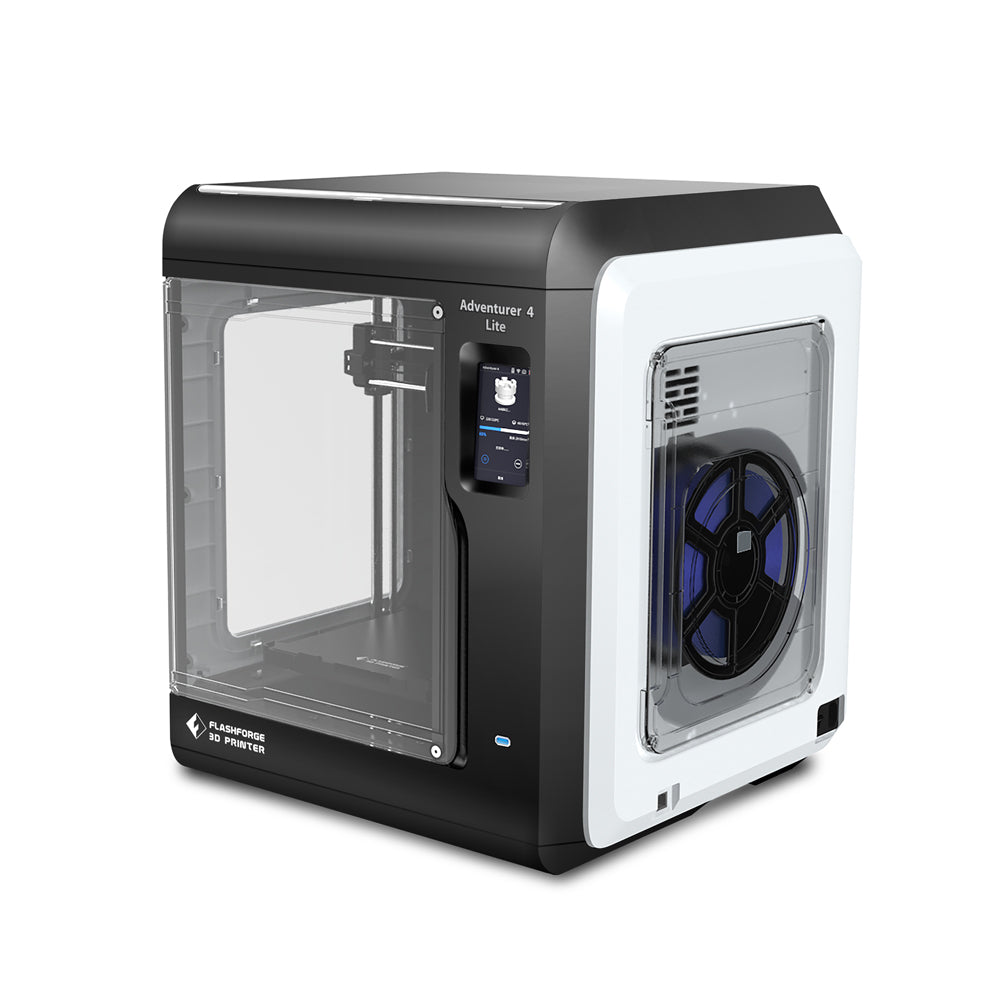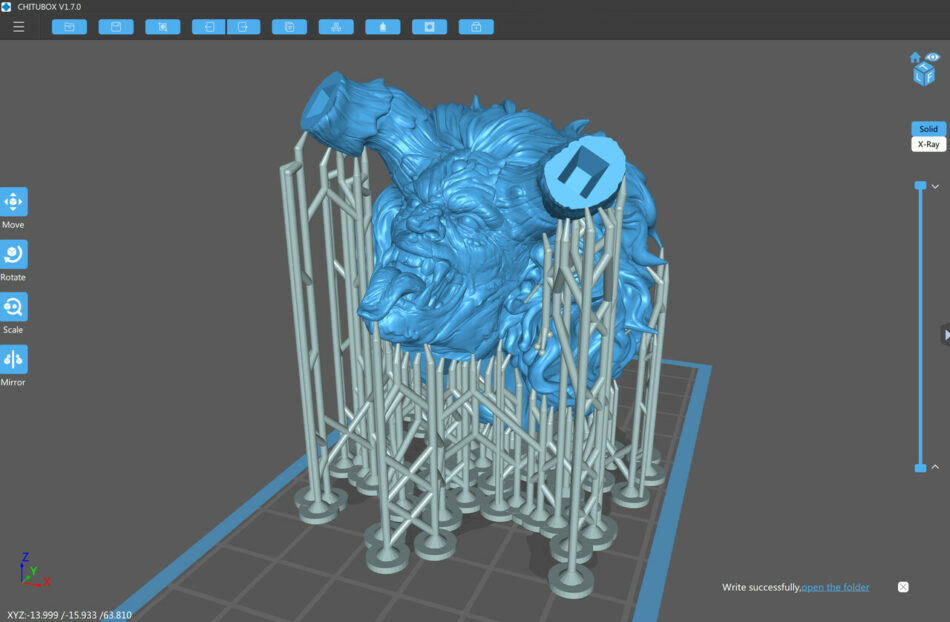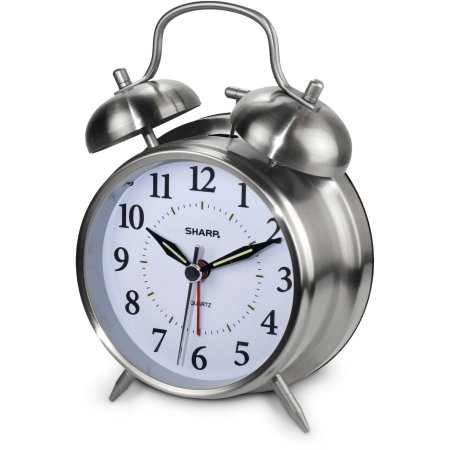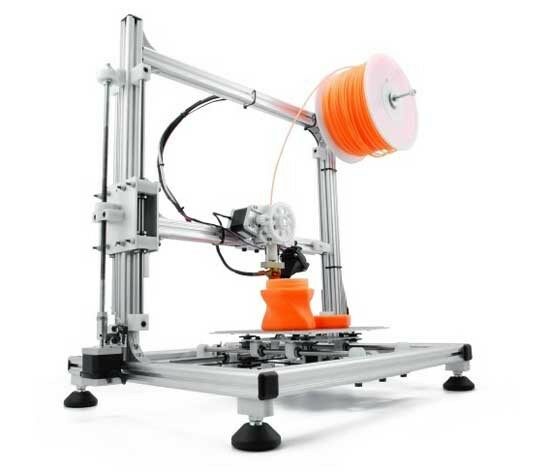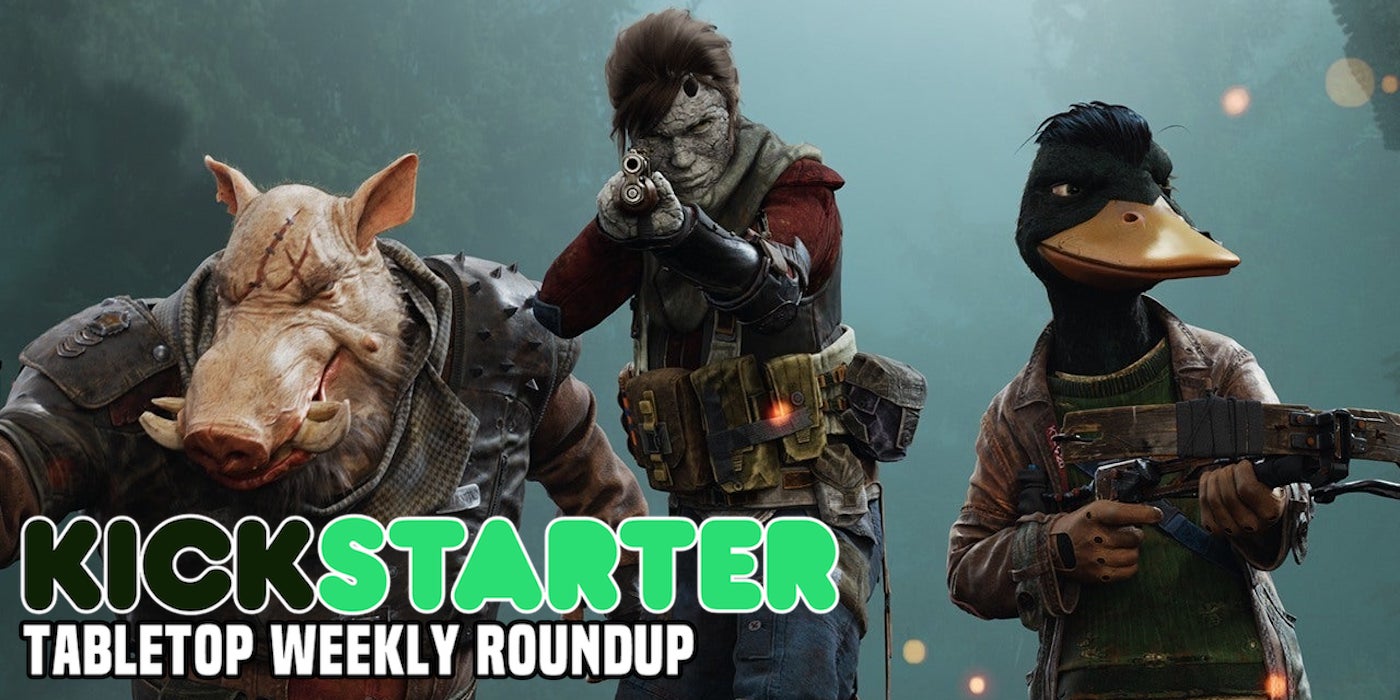3D Printing: The Future Is Now
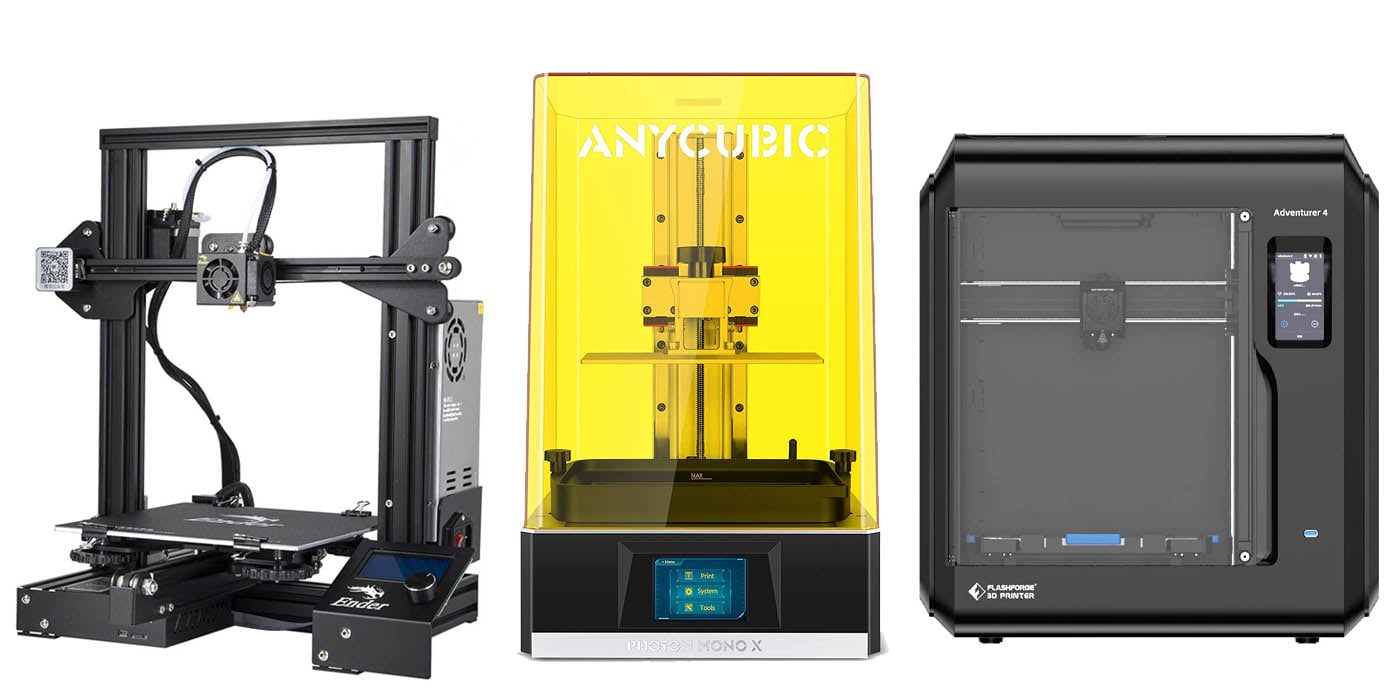
Like it or not 3D Printing is here to stay and it is most definitely going to be part of the future of tabletop gaming & RPGs. I’m here to discuss what this means for consumers.
3D Printing is here to stay and it is most definitely going to be part of the future of Wargaming, Table Top RPGs, CosPlay, Scale Modeling, board gaming and many facets of everyday life. With the market beginning to take stock of the technology, but what will it mean for both consumers and players?
So I recently picked up a lightly used 3D printer. A good friend of mine decided to upgrade his EPAX E10 3d (comparable to the Elegoo Saturn) printer and low and behold he offered it to me at an absurdly low price along with a few get-started basics. It was such a good deal it was hard to say no. Over the last month, I’ve dipped my toes and my wallet into the world of 3D resin printing. It is a fascinating technology that has ramifications far beyond the world of Tabletop games and is sure to grow as an industry. It is as close to the vaunted replicator in Star Trek that I will likely see in my lifetime. This technology has already proven itself a controversial one, and most certainly has the capacity for as much good as evil. As a wargamer and RPGer I wanted to take a look at what this awesome technology is and how you can get started.
The Basics: How It All Works
So just to start let’s look at 3D printing and more or less how it works. Firstly there are a few different types of 3D printers and dozens of different materials that you can print in. For simplicity’s sake, the two most effective types of printing for miniatures are FDM printers and SLA printers. SLA/LCD/DLP being the more predominant type as they can print small to medium sized highly detailed miniatures in resin. Given that 3D printing is used the world over for everything from prototyping in manufacturing, to dental implants it should be known this is technology that isn’t strictly geared toward miniature production. Hence you have many different materials with different properties that you can print in. In SLA printing there are flexible resins, there are very brittle resins, heat resistant ones, incredibly strong ones – you name it, there is a resin for it.
Miniatures enthusiasts print generally in clear or opaque “fast” resins. Fast resins react quickly to the UV light, and have a thin viscosity that allows them to quickly cover the LCD screen and build another layer. These properties allow the printer to rapidly create very thin layers built upon one another which increases detail. When shopping for a printer you’ll notice that most are denoted with a resolution. Similar to your PC screens these resolutions allow finer detail and more accurate depictions of the 3D models that you’re trying to print.
What Can I Print?
Well, that’s a complicated question but I suppose the honest answer is…well anything that you can imagine, create, buy or generate. The beauty of the 3D printer is simply that there are so many makers and 3D artists out there creating 3D models that almost anything you can imagine is available. Many of the best 3D artists are starting subscription services with monthly releases of original content that they give subscribers access to for the month. After the month elapses these models are generally put up on a webstore for future purchases individually. There is every conceivable style of miniature available from fantasy to sci-fi, to historical and scale models. I recommend these types of subscriptions as they offer amazing bang for your buck and you’re delivering money directly to artists. I’ve found the customer service to be amazing and when you subscribe some artists allow for general input in design and community wants. They want to deliver something that is desired by their fans, and hence unlike a large organization are more than willing to listen to subscribers.
Another great thing about 3D printing and 3D artists is, if you’ve ever wanted something completely custom, you can hire someone to create it. Every whim, every want you have can be created in 3D sculpting software and printed out. The line doesn’t stop at miniatures either, you could print things like custom dice, game tools and aids, bases, embellishments, trophies, cosplay props and of course terrain. I’ve seen things like dice towers, cases, and all kinds of swag.
The Often Untold Costs of 3D Printing
3D printing comes with its own set of costs. On the face of it, 3D printing seems like an EZ bake oven. In theory you pop in some files, you hit print, and in 3-15 hours you have a miniature or item you want printed. This is somewhat true but let us discuss the untold or often ignored costs of 3D printing.
Startup Cost – $400
- Printer – It’s not impossible to find a quality printer for $200. This will generally get you a 4k printer which is the absolute lowest quality I would consider for a 3D printer geared toward miniatures. At $200-300 you will get you a 4k printer that should provide you with suitable detail, at a reasonable price with a build plate that should allow you to print something the size of a standard 3-4″ tall and wide mini (say roughly a tabletop wargame or RPG medium monster size) without slicing it into pieces for printing.
- STL FILES – Whatever STL files you’ll be printing, some are free others cost money.
- RESIN – Next you’re going to need resin. You want a fast resin, color is not a concern here because you’re probably going to paint over it. I personally like Elegoo or Syriaya Fast Grey
- RINSING AND CURING – When your printer finishes printing you’ll need to remove the excess uncured resin from the model. Some resins are water rinseable, while others require a bath in Isopropyl Alcohol generally 95% or better. Once rinsed and removed from the supports you can then cure the miniature with UV light. There’s a few ways to do this from a DIY curing chamber made with strand lights, to a cure station or even just leaving the miniatures out in the sun. The best and fastest way are either the DIY solution or a curing station that puts high intensity UV light onto the model and cures it in minutes.
- CHEMICAL DISPOSAL – Keep in mind you’re working with resin – which is toxic. You should be wearing gloves and eye protection and responsibly getting rid of uncured resin at your local chemical disposal sites. Also the Isopropyl Alchohol you use to rinse your miniatures in will get saturated requiring you to properly dispose of it or find a way to get the resin out and then disposing of it.
Software
You’ll need to learn how to use Lychee or Chitubox, both are Slicing Software that allows you to build a “scene” on a virtual build plate and then break down those images into 2 dimensional light patterns that will cure layers of resin one after another and build up your 3D object. These programs have learning curves and you’ll need to take time to dial in the setting for your specific printer and the resins that you’re using.
Time
One of the things that people rarely consider is how much time 3D printing takes. It truly is a hobby in itself. If you’re saving money on miniatures by 3D printing you’re likely trading the convenience of finished professionally manufactured goods for the complexity of printing with your own hobby hours. When you start out there are a number of things to learn such as using the slicing programs as well as simply troubleshooting your printer and your prints. As my friend and fellow maker, Jake, put it, “You’ll probably go through a couple bottles of resin before you really start to get consistent prints.”
In my month of 3D printing, I’ve come a long way but I’ve also seen my own paint production slow to a crawl as I’ve tried to learn the ways of my 3D printer. I’ve traded my usual paint and assembly time to learning Lychee (splicing program), Blender (3D modeling software) and of course the daunting task of adding supports to unsupported or poorly supported miniatures so they print properly. I’ve dumped dozens of hours into getting the prints to come out correctly while also throwing away failed prints, and misprints, and troubleshooting all of that. It is a hobby that can be incredibly frustrating but also very rewarding.
The Verdict
3D Printing is here to stay and seismic shifts are already beginning to break down the tried and true retail models of miniature hobbies. Everything from makers who sell 3d printed wares to 3D artists working out of their homes with huge followings are possibilities if not already happening. I highly encourage readers and enthusiasts to jump into this great new hobby, just keep in mind that its not completely to the point where its plug and play. You will need to troubleshoot and work through frustrations to get the things you want, but when you start getting amazing sculpts and prints it all feels worth it. Remember that time you learned how to drybrush or enamel wash; your first complete awesome printed miniature will be like that.
I promise.

